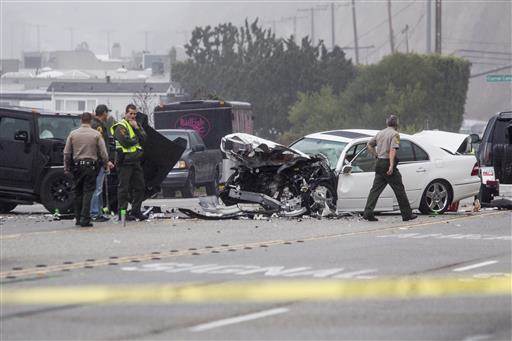Traffic deaths surged last year as drivers racked up more miles behind the wheel than ever before, a result of an improved economy and lower gas prices, according to preliminary government data released Friday.
Fatalities rose 7.7 percent to 35,200 in 2015, the National Highway Traffic Safety Administration said. That overall rate was significantly outpaced by non-motorist traffic deaths: Bicycle fatalities were up 13 percent; pedestrian deaths rose 10 percent, and motorcyclist deaths rose by 9 percent.
Last year was the deadliest driving year since 2008, when 37,423 people were killed. It was also the year in which American drove 3.1 trillion miles, more than ever before.
The fatality rate for 2015 increased to 1.12 deaths per 100 million vehicle miles traveled (VMT), up from 1.08 deaths in 2014.
The information comes as tens of millions of Americans were hitting the road for the Fourth of July holiday, one of the busiest and deadliest days on the year on the nation’s roadways.
Historical data show that, after peaking in the 1970s, traffic deaths have fluctuated quite a bit while generally trending downward, according to the Insurance Institute for Highway Safety. Large dips in deaths have corresponded to shocks to the economy: the oil embargo of the mid-1970s, the recessions of the early 1980s and early 1990s and the more recent downturn that began with the subprime mortgage crisis.
“It’s not just that Americans drive more miles when the economy improves; it’s the kind of miles they drive,” said Russ Rader, a spokesman for the insurance institute. “What comes back after a recession is the optional driving that’s riskier, like going out on the weekends or taking long trips — different driving than the daily commute.”
The national average price of gas in 2015 was $ 2.40 per gallon, which was the second-cheapest annual average of the past decade,…







